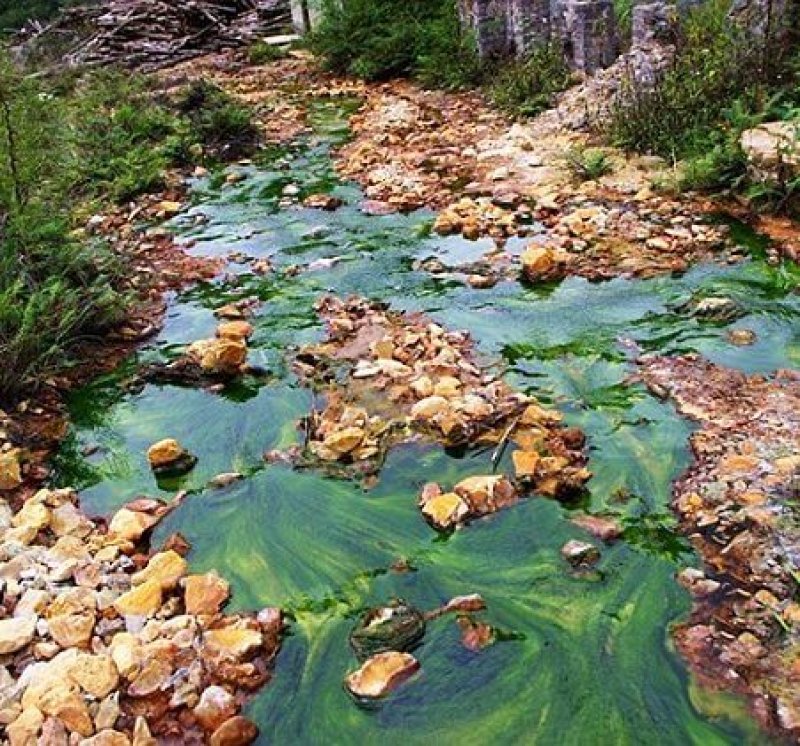Environmental contamination with heavy metals is often the result of various types of industrial processes. Because heavy metals can be dangerous to humans and other wildlife, contaminated sites need to be cleaned up.
…
So, scientists have increasingly chosen to use the techniques of biotechnology to create genetically engineered microbes capable of gobbling up pollution. The latest example of this was described by a team of Romanian and Norwegian researchers in the journal Applied Microbiology and Biotechnology.
The researchers created new protein-encoding genes that consisted of three parts: (1) A cell membrane anchor; (2) green fluorescent protein; and (3) one of three kinds of metal-binding peptides. When these new genes were expressed in Saccharomyces cerevisiae (the common baker’s yeast), the new proteins attached to the inner side of the cell membrane and glowed green.
…
Yeast engineered with a metal-binding peptide made up of aspartate and glutamate were the best at adsorbing copper and manganese ions; cysteine peptides were best at adsorbing cadmium and silver ions; and histidine peptides were most adept at adsorbing cobalt and nickel ions. The best performing strains were able to remove about 80% of their respective metal ions.
[The original study can be found here]The GLP aggregated and excerpted this blog/article to reflect the diversity of news, opinion, and analysis. Read full, original post: Genetically Engineered Yeast Soak Up Heavy Metal Pollution































